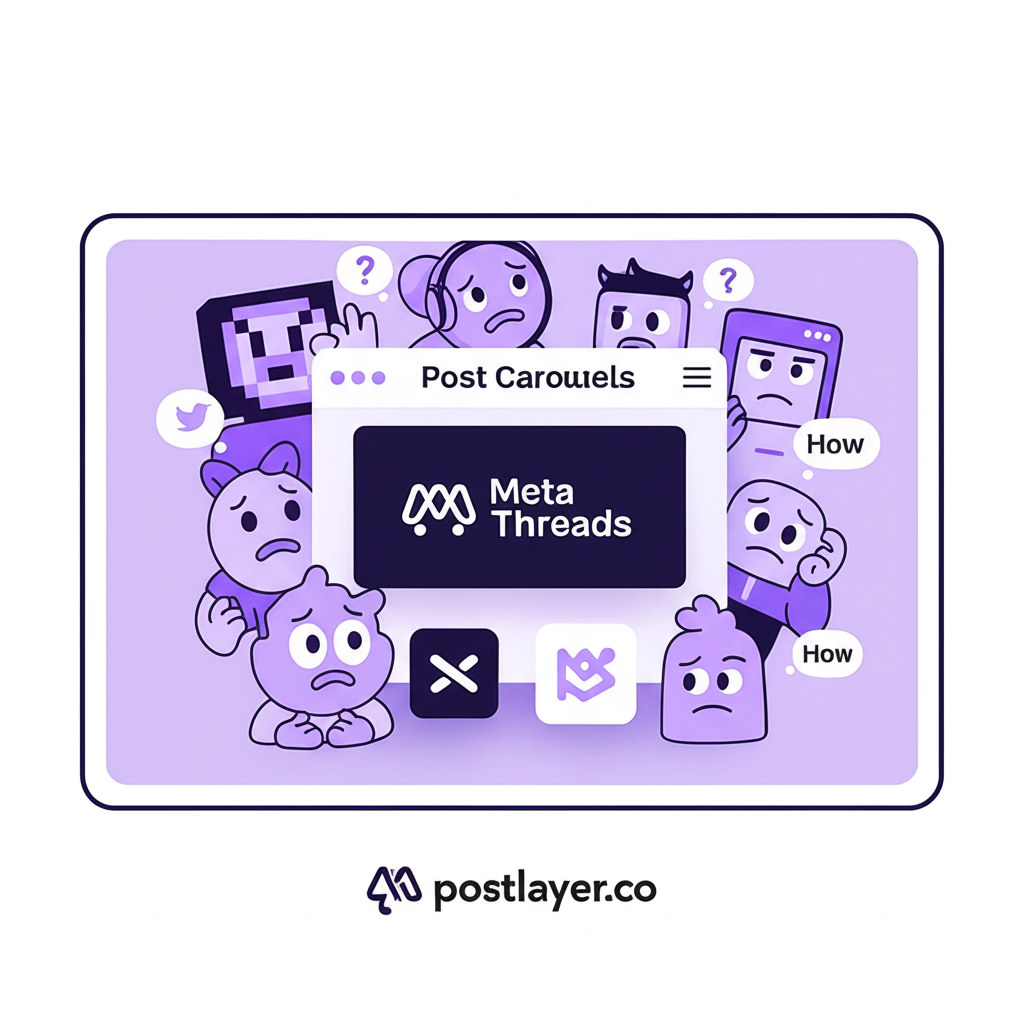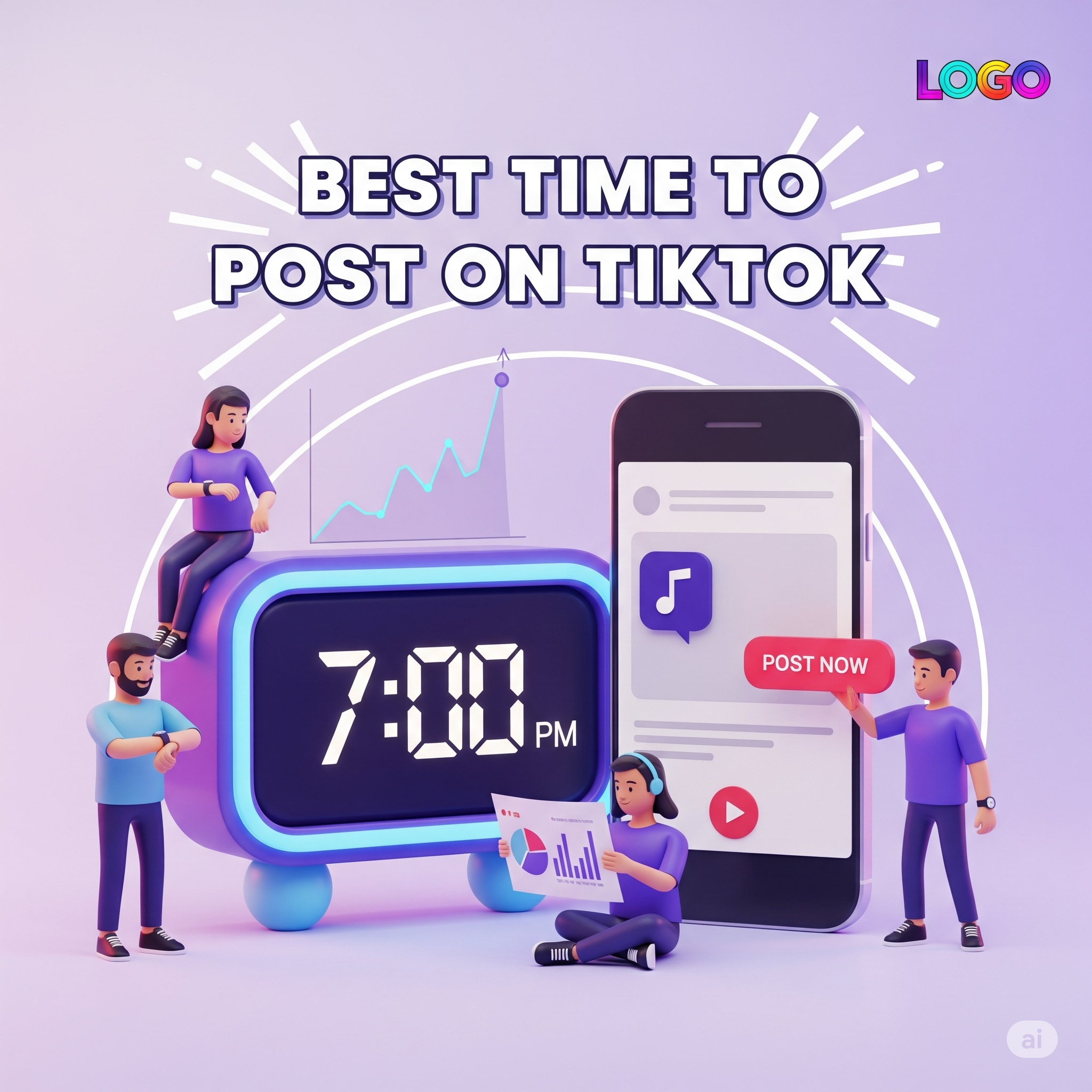
When Instagram carousels initially appeared, to be honest, I had some doubts. From a strategic perspective, my first thought was, " Is this merely another temporary feature, a visual trick that will vanish as fast as it appeared?" My experience in SaaS business development has instilled in me a profound requirement to observe clear ROI and measurable effects prior to dedicating resources to any new channel or content type. I’ve observed numerous features appearing and disappearing on different platforms, each claiming to be revolutionary, yet offering minimal benefits. My usual tendency is to address new trends with a considerable amount of analytical skepticism. Our data, nonetheless, started to show a distinct trend that was difficult to overlook. We began noticing early adopters, especially in the B2C sector, utilizing carousels in ways that truly captured my interest. It wasn’t merely about posting several pictures; it was about narrating stories, providing informative content, and highlighting product ranges with a subtlety that individual images couldn’t convey. This corresponds with our enduring goal of enabling businesses to engage more efficiently and profoundly with their audiences. The focus then turned from whether carousels were pertinent to in what ways they were boosting engagement and, crucially, what factors contributed to their success where other formats had not. The primary advantage of the Instagram carousel is its capacity to enable storytelling in sequence. This isn't merely a trendy term; it's a crucial element of human thinking. We're programmed for stories. Consider this: each effective sales pitch, every engaging product demonstration, and all convincing presentations depend on crafting a narrative that guides the audience sequentially. Carousels convert this inherent human inclination into a digital form, enabling creators and companies to present their messages one slide at a time. At first, I perceived carousels simply as a method to cluster multiple images into one post. However, the more I noticed their efficient application, the more I understood their capacity for organized communication. It’s similar to creating a small presentation directly on Instagram. You can present a concept, supply supporting information, propose solutions, and finish with a call to action, all in a single swipeable format. Having this degree of control over the narrative progression is extremely beneficial, particularly for intricate subjects or product descriptions. Why do carousels frequently achieve higher engagement levels compared to single image posts? Our examination indicates several important elements.
Our data, however, began to indicate a clear trend that was hard to ignore. We started seeing early adopters, particularly in the B2C space, leveraging carousels in ways that genuinely caught my attention. It wasn't just about sharing multiple photos; it was about storytelling, delivering educational content, and showcasing product lines with a nuance that single images simply couldn't achieve. This aligns with our long-term vision of empowering businesses to communicate more effectively and deeply with their audiences. The question then shifted from if carousels were relevant to how they were driving engagement and, more importantly, why they were succeeding where other formats had fallen short.
The Underestimated Power of Sequential Storytelling
The core strength of the Instagram carousel lies in its ability to facilitate sequential storytelling. This isn't just a buzzword; it's a fundamental aspect of human cognition. We're wired for narratives. Think about it: every successful sales pitch, every compelling product demo, every persuasive presentation, relies on building a story, leading the audience from one point to the next. Carousels translate this innate human preference into a digital format, allowing creators and businesses to unfold their message slide by slide.
Initially, I saw carousels as just a way to dump more images into a single post. But the more I observed their effective use, the more I realized their potential for structured communication. It’s akin to building a mini-presentation within Instagram itself. You can introduce a concept, provide supporting details, offer solutions, and then conclude with a call to action, all within one swipeable experience. This level of control over the narrative flow is incredibly valuable, especially for complex topics or product explanations.
Beyond the Single Image: Why More is More (When Done Right)
Why are carousels often outperforming single image posts in terms of engagement? Our analysis suggests a few key factors.
- Increased Dwell Time When a user encounters a carousel, they are often compelled to swipe through all slides, even if just out of curiosity. This extends the time they spend on your content, which Instagram’s algorithm interprets as a strong signal of interest. More dwell time generally translates to higher algorithmic favorability.
- Multi-Faceted Messaging A single image has to convey its entire message in one glance. A carousel allows for a more nuanced approach. You can showcase different product angles, break down a complex process into digestible steps, or present multiple testimonials. This versatility means you’re not limited by the constraints of a single visual.
- Educational Content Delivery For businesses focused on thought leadership or educational marketing, carousels are a godsend. Infographics, step-by-step guides, "how-to" tutorials, and myth-busting series all thrive in this format. We’ve seen incredible engagement rates for carousels that provide genuine value through information.
- Enhanced Call-to-Action Opportunities You can dedicate the final slide (or even multiple slides) to a clear, compelling call to action. This allows you to warm up your audience with valuable content before asking them to take the next step, whether it's visiting your website, signing up for a newsletter, or exploring a product.
Honestly, the sheer variety of content types that find a natural home within the carousel format was what truly surprised me. It’s not just for pretty pictures anymore.
Leveraging Core Competencies: Carousels in SaaS Business Development
As someone who has spent over a decade in SaaS business development, with stints at HubSpot and Salesforce, I’ve always been focused on market expansion and alliance building. The principles that make carousels effective for consumer brands are surprisingly transferable to the B2B SaaS landscape. We’re constantly looking for ways to educate potential partners and clients about complex solutions, articulate value propositions, and foster long-term relationships.
Think about a typical SaaS sales cycle. It involves a lot of education, demonstrating functionality, addressing pain points, and building trust. Carousels can play a significant role in accelerating this process, especially in the early stages of awareness and consideration.
Practical Applications for SaaS & B2B
- Feature Deep Dives: Instead of a single screenshot, use a carousel to walk users through a new feature, highlighting each step of its functionality.
- Problem-Solution Frameworks: Dedicate slides to outlining common industry pain points, then sequentially present how your SaaS solution addresses each one.
- Case Study Snapshots: Condense a full case study into 5-7 slides, showcasing the client’s challenge, your solution, and the quantifiable results. This is incredibly effective for social proof.
- " Before and After" Scenarios: Visually demonstrate the impact of your software, showing a "before" state (e.g., messy data, manual process) and an "after" state (e.g., streamlined dashboard, automated workflow).
- Team Spotlights/Culture Pieces: Build trust by introducing your team members, showcasing your company culture, or detailing your values. This humanizes the brand, which is crucial in B2B.
- Industry Trend Analysis: Break down a complex market trend or a new regulation into easily digestible slides, positioning your company as a thought leader.
Just this Tuesday, I was reviewing a competitor's social strategy, and I noticed they were still primarily relying on single-image posts for their product updates. It struck me how much valuable context and storytelling they were missing out on. It's a missed opportunity, frankly.
Optimization Strategies for Maximum Impact
Creating a carousel isn't just about slapping a few images together. To truly leverage its potential, strategic planning is essential. This is where the principles of effective market expansion really come into play. You need to understand your audience, define your message, and optimize for delivery.
Design & Content Best Practices
The key takeaway here is that every slide in your carousel needs to serve a purpose. It's not just about filling space.
- Compelling First Slide This is your hook. It needs to grab attention and make the user want to swipe. Use a strong headline, an intriguing question, or a visually striking image.
- Consistent Visuals & Branding Maintain a consistent color palette, font, and overall aesthetic across all slides. This reinforces your brand identity and makes the carousel feel cohesive.
- Bite-Sized Information Avoid text-heavy slides. Use bullet points, short sentences, and clear visuals. The goal is to convey information quickly and efficiently.
- Logical Flow Ensure a clear narrative progression from one slide to the next. Each slide should build upon the previous one, leading the user through your story.
- Strong Call to Action (Last Slide) Make it crystal clear what you want the user to do after viewing your carousel. Use actionable language and include a relevant link in your bio if applicable.
- Mix of Media Don't be afraid to mix images with short videos (if supported), infographics, and text-based slides. Variety keeps the audience engaged.
Our data indicates a clear trend: carousels that adhere to these design principles consistently outperform those that don't. It's not rocket science, but it requires discipline.
Measuring Success: Beyond Vanity Metrics
In business development, we live and breathe metrics. It's not enough to say something "feels" effective; we need to prove it. For Instagram carousels, going beyond simple likes and comments is crucial.
Key Performance Indicators (KPIs) for Carousels
- Reach & Impressions How many unique accounts saw your carousel and how many times was it displayed? This tells you about your content's visibility.
- Saves A high number of saves indicates that users found your content valuable enough to revisit later. This is a strong signal of quality and utility, especially for educational carousels. (Which, frankly, surprised me initially how much saves mattered to the algorithm.)
- Shares When users share your carousel with others, it’s a powerful endorsement and expands your organic reach.
- Comments Engaged comments indicate that your content resonated and sparked conversation. Look for comments that ask questions or offer insights, not just emojis.
- Swipe-Through Rate While not directly available as a metric on Instagram, you can infer this by looking at the engagement on individual slides (if you have access to advanced analytics tools). A high engagement on later slides suggests people are swiping through.
- Profile Visits & Website Clicks Ultimately, is your carousel driving users to take further action? This is where the rubber meets the road for ROI.
Monitoring these metrics rigorously allows us to refine our content strategy over time. It’s an iterative process, much like product development in SaaS. You deploy, you measure, you learn, and you optimize. The competitive landscape evaluation here is key; understanding what your peers are doing well (or poorly) with carousels can provide invaluable insights.

The Future of Visual Communication and Postlayer's Role
As of 2025, the digital landscape continues to evolve at a relentless pace. The attention economy is fiercer than ever, and standing out requires more than just showing up. It requires strategic, engaging content that genuinely resonates with your audience. Instagram carousels, far from being a passing fad, have cemented their place as a powerful tool for effective visual communication.
The ability to create compelling carousels efficiently is no longer a nice-to-have; it's becoming a core competency for any business looking to amplify its online presence. This is where platforms like Postlayer come into their own. Leveraging our core competencies, we’ve always focused on empowering creators and businesses to dominate social media without the exorbitant costs or the steep learning curves. The challenges often faced by social media managers – juggling multiple platforms, ensuring consistent branding, scheduling complex content types like carousels and threads – are precisely what we aim to solve.
I'll be honest, when I first started in this industry, the idea of a unified dashboard for all social media seemed a bit utopian. Now, with the proliferation of platforms and content formats, it’s an absolute necessity. The integration of features like multi-platform scheduling, carousel and multi-image post capabilities, and even AI-powered content assistance within a single, intuitive UI is not just convenient; it's a strategic advantage. It saves users significant time each week, allowing them to focus on what truly matters: audience engagement and strategic growth. The plot twist? It’s genuinely affordable.
So, while I started this journey with a healthy dose of skepticism, my conviction has grown significantly. Instagram carousels are not just a content format; they are a strategic asset. They offer a unique blend of visual appeal, storytelling potential, and educational utility that few other formats can match. For businesses and creators looking to achieve consistent engagement and reach, mastering the art of the carousel is no longer optional. It’s a clear path to driving deeper connections and measurable results.
Elevate your social media strategy with Postlayer and experience unparalleled efficiency. Consolidate your content creation, scheduling, and performance tracking across all major platforms from one intuitive dashboard, reclaiming valuable time each week. Discover how our comprehensive suite of tools, from AI-powered content assistance to an integrated video studio, empowers you to amplify your online presence and achieve consistent engagement. Take control of your digital narrative and transform your social media workflow. Start dominating your social channels with Postlayer today. Learn more



